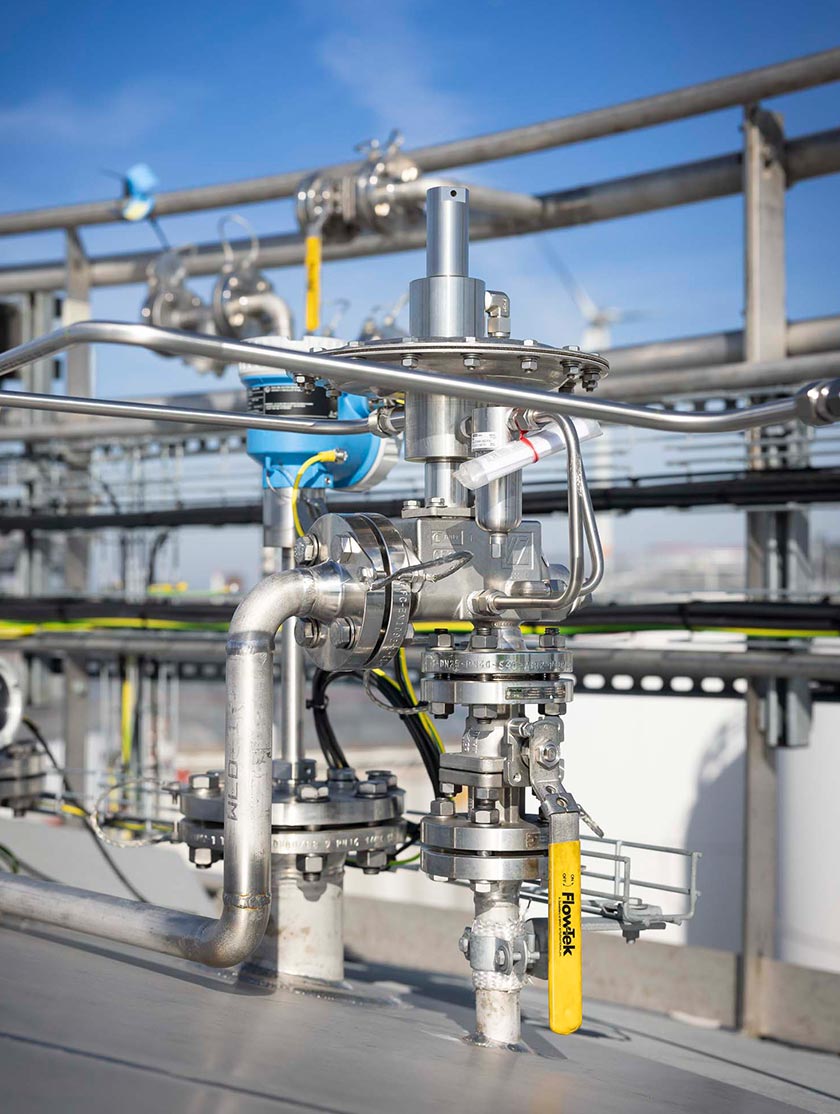Silence is Golden: Tips to Reduce Noise in Pressure Reducing Regulators
Reducing noise in pressure regulators is crucial—not only for minimizing nuisance but also for preventing potential damage to the regulator and its components. Understanding the causes and taking appropriate measures can significantly reduce or eliminate unwanted noise. Here are essential steps to minimize noise in your pressure regulators.
Why Noise Occurs in Pressure Regulators
The primary cause of noise in pressure regulators is high fluid velocity, often resulting from improper regulator sizing or significant pressure drops. Other contributing factors include cavitation, glare, and turbulence within the system.
Steps to Reduce Noise in Pressure Regulators
1. Proper Regulator Sizing
One of the most common causes of regulator noise is incorrect sizing. To prevent this, ensure your regulator’s maximum capacity is at least 30% greater than the system’s maximum expected flow rate. Correct sizing minimizes fluid velocity and reduces noise.
2. Reduce Pressure Drop
Excessive pressure drops across the regulator increase fluid velocity, causing turbulence and noise. To address this:
- Increase regulator size or consider installing multiple parallel regulators to distribute the flow evenly.
- Minimize the number of pipe bends and fittings to reduce system resistance and associated pressure drops.
3. Install a Noise Attenuator (Silencer)
In highly sensitive or demanding systems, installing a noise attenuator downstream of the regulator can effectively mitigate excessive noise. These specialized devices help absorb and dissipate sound waves, significantly reducing the audible noise generated by fluid flow.
4. Consider Low-Noise Regulators
Specialized low-noise pressure regulators feature designs optimized to reduce fluid velocity, turbulence, and associated noise. These regulators typically utilize larger orifices and smoother flow paths. While typically more expensive, their noise reduction benefits often justify the investment for noise-sensitive applications.
Conclusion
Excessive noise in pressure regulators can be effectively managed by proper regulator sizing, reducing pressure drop, utilizing noise attenuators, or investing in low-noise regulators. Implementing these strategies ensures your regulator operates quietly and efficiently, protecting both your system and the surrounding environment from unnecessary disruption and potential damage.
For more information about Cashco's versatile Pressure Reducing Regulators, view all models here .
Cashco's priority is to make sure you select the right product for your application. Need help choosing the right regulator? Contact us and our team will be happy to help you find the right product!



